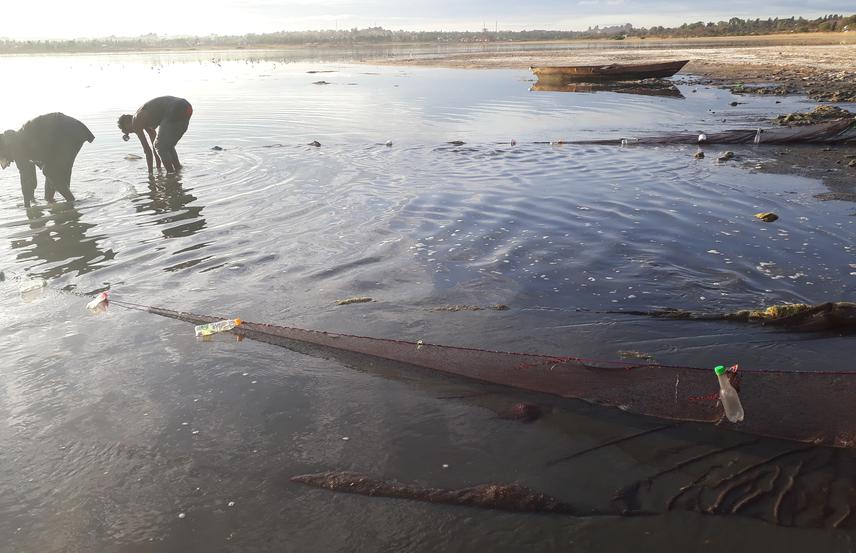Cyrus Rumisha
Other projects
1 Jun 2018
Enhancing Fisheries Management through Monitoring of the Patterns of Gene Flow between Marine Protected Areas and Fishing Areas in Tanzania
11 Jan 2023
Combating Destructive Fishing to Rescue the Endangered Manyara tilapias in Tanzania
The main objective of the project is to promote sustainable fishing and enhance management of the fishery resources in the Rift Valley lakes of north-central Tanzania. The specific objectives are to;
i. Identify the drivers of the illicit fishing activities in the basin and propose appropriate management and enforcement measures
ii. Reduce illicit fishing practices through compliance campaigns
iii. Establish the patterns of gene flow in order to identify management units and the priority areas for establishment of fish sanctuaries
iv. Determine the extent of genetic hybridization between the endemic tilapias and the exotic tilapias in the basin in order to establish whether there is a need to develop regulations to control the introduction of exotic tilapias

Local fishermen using a beach seine net in Lake Singida. © Rumisha 2019.
In recent years, the Rift Valley lakes of north-central Tanzania have seen a drastic decline in key fisheries due to the combined effects of illegal fishing, habitat degradation, overfishing, and climate change. Hence, the extent of occurrence of the endemic tilapias which formed a significant proportion of the catch has shrunk and most endemic species are now classed as endangered. Although fisheries regulations are enforced, the drivers of the illicit fishing practices are largely unknown. Also, initiatives are taken to increase fish sanctuaries in the basin but the stock structure and the degree of genetic mixing among populations of endemic tilapias in the basin are not known. Furthermore, the extent of genetic hybridization between the endemic tilapias and the exotic tilapias which were introduced in Lake Singida in the 1950s and other saline lakes is not known.
This project will collect data on fisheries crimes and identify the drivers of illicit fishing practices to improve monitoring and enforcement. Also, awareness campaigns will be conducted to educate stakeholders and improve compliance with fisheries regulations. Lastly, microsatellite markers will be used to determine the extent of genetic mixing, the priority areas for fish sanctuaries, and the extent of genetic hybridization. Information about the extent of genetic mixing and the priority areas for fish sanctuaries will enable managers to make informed decisions during spatial delimitation of fish sanctuaries. Also, information about the extent of genetic hybridization will enable managers and policymakers to determine whether measures should be taken to control the introduction of exotic tilapias in other saline lakes in the basin because hybridization can lead to loss of unique genetic resources and precipitate the extinction of species.